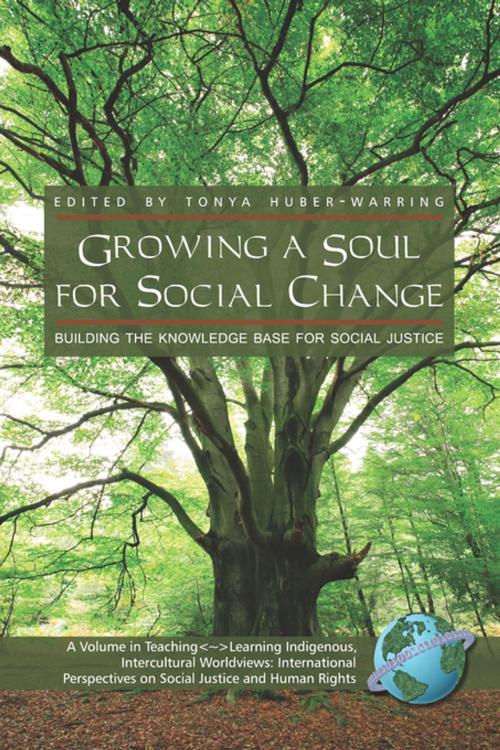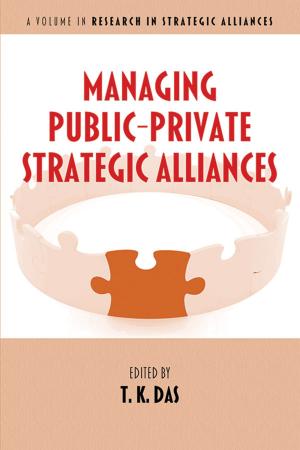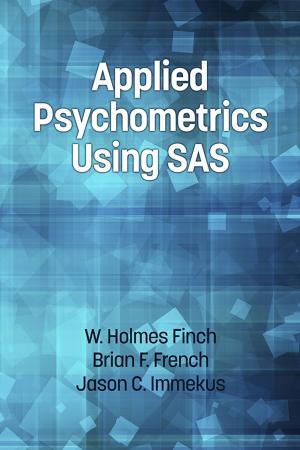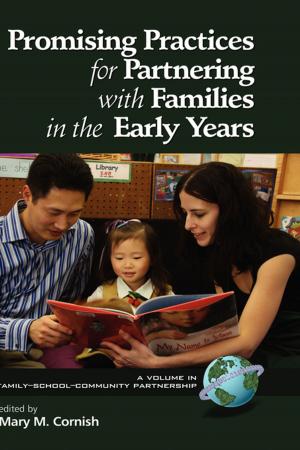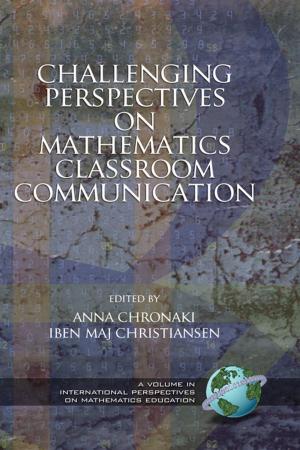Growing a Soul for Social Change
Building the Knowledge Base for Social Justice
Nonfiction, Reference & Language, Education & Teaching, Educational Theory, Aims & Objectives, Higher Education| Author: | ISBN: | 9781607527374 | |
| Publisher: | Information Age Publishing | Publication: | April 1, 2008 |
| Imprint: | Information Age Publishing | Language: | English |
| Author: | |
| ISBN: | 9781607527374 |
| Publisher: | Information Age Publishing |
| Publication: | April 1, 2008 |
| Imprint: | Information Age Publishing |
| Language: | English |
For readers new to the field of multicultural education and human relations education, the recency of these publications heralded as seminal may be confusing, for certainly the concepts building the field of multicultural education and human relations education have been around much longer. True. But, for the first time, we found the conceptual framework, guiding principles, and critical works across disciplines and fields in Smith's encyclopedic organization. Because of the comprehensive nature of Pritchy Smith's knowledge bases, they have been employed as the organizing themes for this volume. I would clarify that I have not burdened authors to study Smith’s analysis and then apply it to their works; the categorization is my own. And, as is true of any topic, the interpretation and application may be broadly applicable. One of my major goals in founding this series has been to further develop the knowledge bases with voices from those in the trenches (literally and figuratively) and at the chalkface—while proverbial for some parts of the world, chalk remains a teaching staple in many regions of the world. Throughout this volume, authors will explore and research their own discoveries on this journey—narratives of crossing cultures and developing communities, reconceptualizing democracy and reinterpreting traditions, seeking solidarity and sowing the seeds of social justice. Through critical reflection in the shade of these giants, the reader may discover Ming Fang’s bamboo tree.
For readers new to the field of multicultural education and human relations education, the recency of these publications heralded as seminal may be confusing, for certainly the concepts building the field of multicultural education and human relations education have been around much longer. True. But, for the first time, we found the conceptual framework, guiding principles, and critical works across disciplines and fields in Smith's encyclopedic organization. Because of the comprehensive nature of Pritchy Smith's knowledge bases, they have been employed as the organizing themes for this volume. I would clarify that I have not burdened authors to study Smith’s analysis and then apply it to their works; the categorization is my own. And, as is true of any topic, the interpretation and application may be broadly applicable. One of my major goals in founding this series has been to further develop the knowledge bases with voices from those in the trenches (literally and figuratively) and at the chalkface—while proverbial for some parts of the world, chalk remains a teaching staple in many regions of the world. Throughout this volume, authors will explore and research their own discoveries on this journey—narratives of crossing cultures and developing communities, reconceptualizing democracy and reinterpreting traditions, seeking solidarity and sowing the seeds of social justice. Through critical reflection in the shade of these giants, the reader may discover Ming Fang’s bamboo tree.
